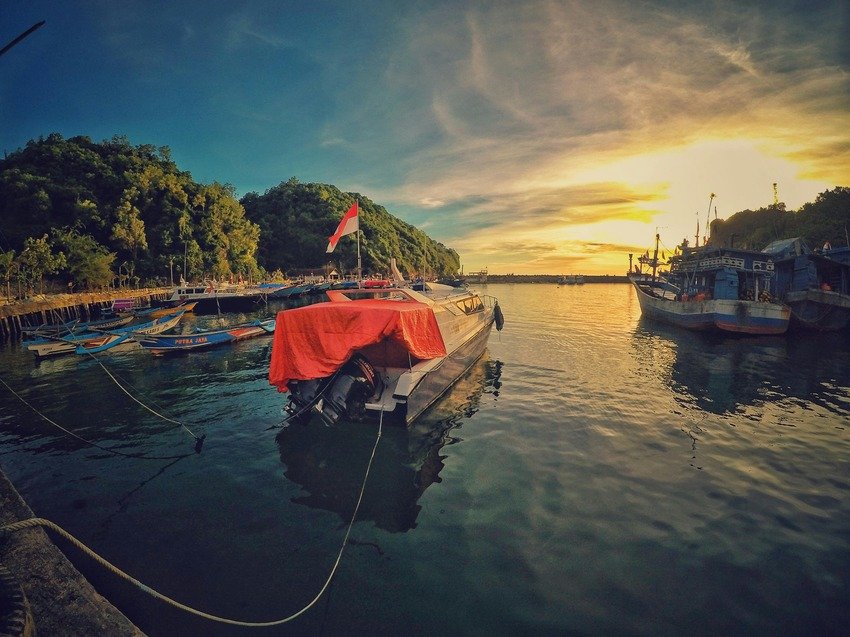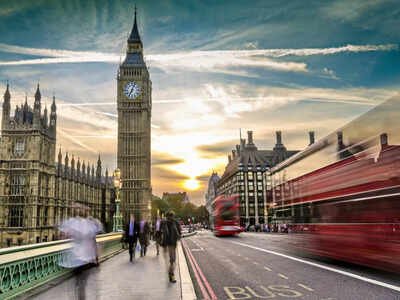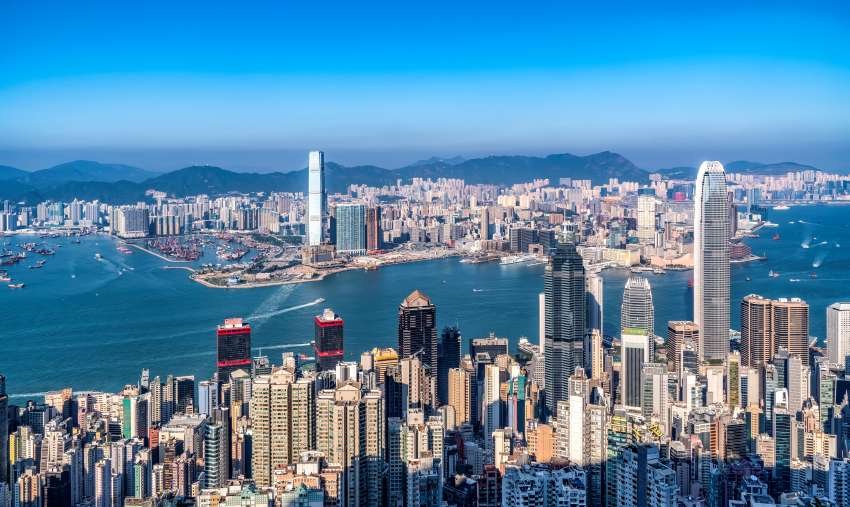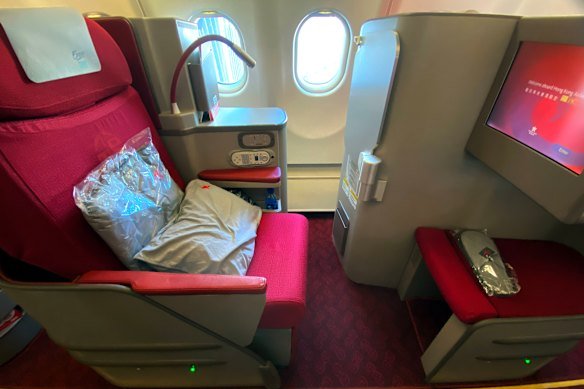Tuesday, July 22, 2025

The United Kingdom is taking a transformative leap toward redefining connectivity in its northernmost region by advancing plans for a groundbreaking network of undersea tunnels linking the Shetland Islands. This visionary infrastructure project aims to overcome longstanding transportation challenges caused by the archipelago’s remote geography and limited air links, replacing unreliable ferry services with permanent, weather-resilient routes. By connecting key islands like Yell, Unst, Whalsay, and Bressay through fixed links, the initiative is set to boost economic activity, streamline logistics for industries such as aquaculture and tourism, and reduce carbon emissions, while fostering sustainable development and regional integration across the isolated island chain.
Shetland Islands Edge Closer to Undersea Tunnel Revolution as Connectivity Project Gains Momentum
In a transformative move poised to reshape life and travel in one of the UK’s most remote regions, the Shetland Islands are one step closer to constructing a network of undersea tunnels that could forever change inter-island transportation. This significant infrastructure initiative promises to boost connectivity across the archipelago, enhance economic opportunities, and improve daily life for locals and tourists alike.
Located roughly 110 miles north of mainland Scotland and about 140 miles east of Norway, the Shetland Islands represent the northernmost reaches of the United Kingdom. Comprising around 100 islands, only 16 are inhabited—yet the archipelago draws nearly four times its resident population of 23,000 in visitors each year. Known for their pristine beaches, steep cliffs, and glistening North Atlantic waters, the Shetlands have long been admired for their rugged beauty, but access between islands remains a persistent challenge.
Currently, air travel options are limited, with only two operational airports—Sumburgh and Lerwick/Tingwall—offering scheduled flights. As a result, ferries are the most common method for traveling between the islands, often requiring locals and visitors to brave unpredictable sea conditions. This lack of reliable connectivity has hindered both everyday life and vital sectors such as aquaculture and tourism.
However, a bold vision to develop a sophisticated network of tunnels connecting key islands has gained new traction following recent developments. Last month, the Shetland Islands Council reviewed and endorsed the Network Strategy – Strategic Outline Case (SOC) report. The document, produced by engineering and consultancy leaders Stantec, COWI, Mott MacDonald, and ProVersa, outlines a future-facing strategy to explore transportation upgrades, including enhanced ferry services and the long-anticipated fixed links—specifically tunnels.
Described as a “significant step forward,” the council’s approval will unlock funding for a critical feasibility study. This study will assess the economic and financial viability of implementing undersea tunnels, as well as the required next phases for moving the ambitious project forward. If proven feasible, Shetland could soon witness a phased transformation of its transport network.
Potential developments outlined in the strategy include tunnel connections to four key islands—Bressay, Unst, Whalsay, and Yell—while ferry service enhancements are being considered for other remote locations such as Fetlar, Foula, Papa Stour, and Skerries. These upgrades are expected to streamline mobility, reduce weather-related disruptions, and encourage economic development by improving logistics for industries like salmon farming and tourism.
Local leaders have looked to the Faroe Islands for inspiration—a Danish self-governing territory roughly 200 miles farther into the Atlantic. Despite its geographic isolation, the Faroe Islands have established themselves as a connectivity model, with 23 tunnels, including four remarkable undersea passages. One standout example is the 7.1-mile Eysturoy Tunnel, which links the island of Streymoy with both sides of Eysturoy and features the world’s first underwater roundabout—an engineering marvel affectionately dubbed “the Jellyfish.”
The example set by the Faroe Islands highlights how strategic infrastructure can dramatically reshape life in remote island communities. Its undersea tunnels have reduced travel times, strengthened regional integration, and provided year-round resilience against harsh maritime conditions—benefits that Shetland officials hope to replicate.
Advocates for the Shetland tunnel project emphasize not only the social and economic impacts but also the environmental advantages. By reducing dependency on ferry fleets that rely on diesel engines, the fixed links could lower carbon emissions and support the islands’ broader sustainability ambitions. Additionally, seamless inter-island connectivity could decentralize population growth, improve access to healthcare and education, and make Shetland an even more attractive destination for long-term investment.
While full implementation may still be years away, the current momentum marks the most concrete progress in the project’s history. With feasibility funding now in place, Shetland is positioned to enter a new era of innovation—one where once-isolated islands become effortlessly linked beneath the sea.
The United Kingdom is advancing a visionary undersea tunnel project to connect the Shetland Islands, aiming to replace unreliable ferry routes, enhance regional mobility, and drive sustainable economic growth. This bold move promises long-term benefits for tourism, industry, and community life across the archipelago.
As islanders and planners await the findings of the commercial and technical evaluations, hope is rising that the dream of inter-island tunnels is moving from distant vision to tangible reality. For the people of Shetland, such a future could mean not only enhanced mobility, but a lasting legacy of resilience, opportunity, and modern engineering triumph.









